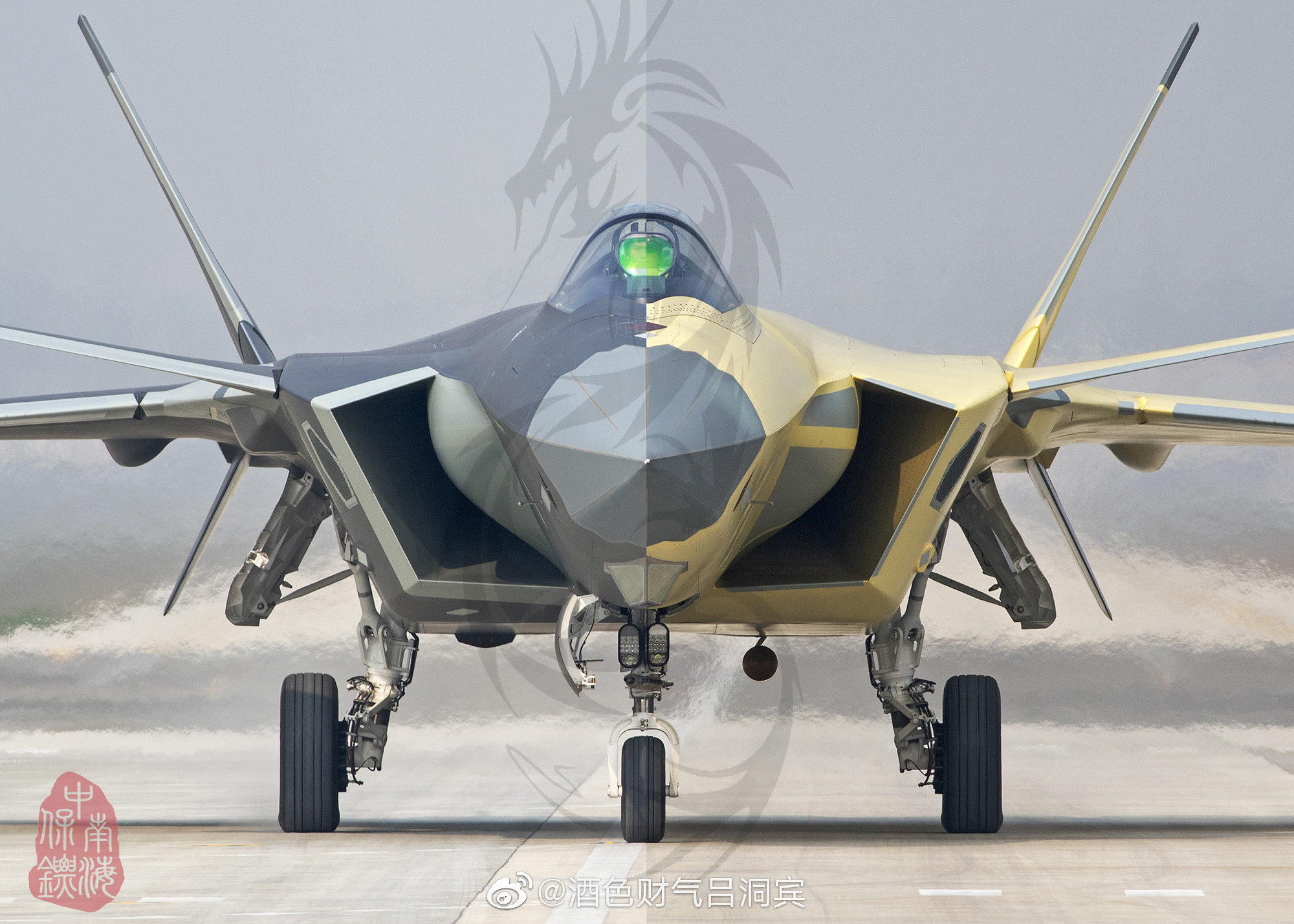They may be using engines as rudders. Especially during landing when speed is low and forces created by rudder are fairly low so they may benefit from extra control authority created by engine steering.
the landing is very demanding as yaw control must be precise so the plane can touch down perfectly straight on the runway if possible.
NO!, sorry but NO, the J-20 has outstanding yaw control, with the addition of the ventral fins on both sides, under the ruddervators, the J-20 with the all flying ruddervators, gives outstanding directional control even post stall! Multi engine aircraft NEVER use large power differential for directional control... if you are flying an older recipe you do set power and then props to sync the props. If you've ever heard a multi-engine aircraft singing an odd vibrato, the props were out of sync... there is a small gauge on the panel that shows you when the props are out of sync, as you bring them into sync that gauge pulls itself together in the center showing that you have successfully synced your props.
On a light twin you typically bring in full throttle and props all the way forward to fine pitch for maximum power, as it rolls down the runway, you will hear that little vibrato working back and forth, you typically select gear up once you establish a positive rate of climb, and then, and only then will you pull the throttles back to climb setting and sync the props with the propeller controls.
The DC-10 crash at Sioux City, Iowa, was one of the few instances ever where differential power from the two remaining underwing engines was ever used for aircraft control, the other would the be the early B-52 that lost most of its vertical stabilizer and rudder due to severe turbulence.... both of those aircraft are miracles, and testament to the outstanding airmanship of "supermen"!



